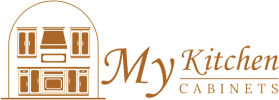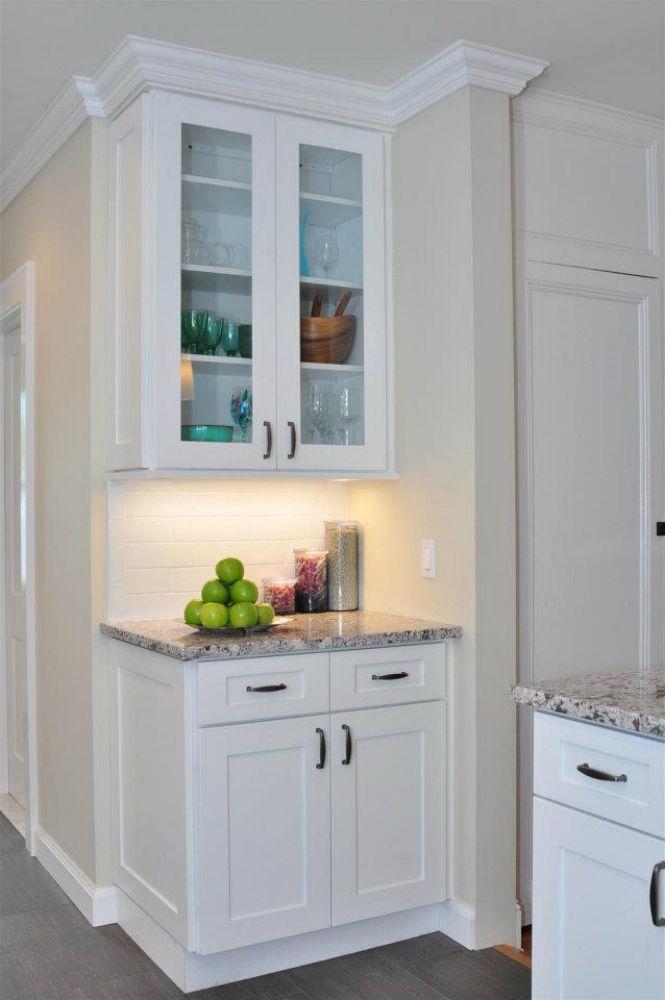When it comes to choosing the right kitchen cabinets for your home, the decision often boils down to two popular materials: solid wood and plywood. Each offers its own set of advantages and considerations—from durability and cost to aesthetics and environmental impact. In this comprehensive article, we’ll explore the key differences between solid wood and plywood, helping you make an informed choice that aligns with your style, budget, and lifestyle needs (including pet friendly considerations).
What Is Solid Wood?
Solid wood cabinets are crafted from milled lumber taken directly from a single tree species, such as oak, maple, cherry, or walnut. These cabinets are prized for their natural beauty, rich grain patterns, and the ability to be refinished repeatedly over their lifespan.
-
Grain and Appearance
Each piece is unique, showcasing the organic variations in color and pattern inherent to the tree species. -
Refinishing Capability
You can sand and refinish solid wood multiple times, making it ideal for long-term use and updates. -
Weight and Density
Typically heavier, solid wood delivers a sturdy feel but may require reinforced support for installation.
What Is Plywood?
Plywood is an engineered wood made by gluing together thin layers—or “plies”—of wood veneer. The grain of each layer is oriented perpendicular to the previous one, which enhances strength and stability.
-
Construction
Usually consists of three to seven layers bonded under heat and pressure. -
Stability
Less prone to warping, twisting, or shrinking, making it ideal for humid environments like kitchens. -
Cost Efficiency
Generally more affordable than solid wood, offering a balance of performance and price.
Durability and Stability
When evaluating durability, consider both everyday wear and long-term structural integrity.
-
Solid Wood
-
Highly durable but susceptible to swelling or shrinking with humidity changes.
-
Strong impact resistance; dents can often be sanded out.
-
-
Plywood
-
Excellent dimensional stability; resists moisture-related movement.
-
Edges can be vulnerable if not properly sealed, but high-quality plywood resists splitting.
-
Cost Comparison
Budget often plays a significant role in material selection.
| Material | Approximate Cost (per linear foot) | Notes |
|---|---|---|
| Solid Wood | $200–$500 | Varies by species; exotic woods cost more. |
| Plywood | $100–$300 | Grade and veneer quality affect price. |
While plywood offers savings upfront, solid wood may deliver greater long-term value due to its refinishing potential.
Appearance and Style
Your personal aesthetic preferences will influence the ideal material choice.
-
Solid Wood
-
Warm, natural look.
-
Visible knots and grain contribute to rustic or traditional styles.
-
-
Plywood
-
Often covered with a hardwood veneer to mimic solid wood.
-
Provides a consistent, uniform appearance ideal for modern designs.
-
Environmental Impact
For eco-conscious homeowners, material sourcing and sustainability are key factors.
-
Solid Wood
-
Renewable resource when sourced from responsibly managed forests.
-
Can contribute to higher carbon sequestration over the cabinet’s lifespan.
-
-
Plywood
-
Uses more of the tree per sheet, reducing waste.
-
Formaldehyde-based adhesives in some products may raise indoor air quality concerns; look for low-VOC certifications.
-
Maintenance and Care
Keeping your cabinets in top condition involves routine care and occasional touch-ups.
-
Solid Wood
-
Wipe spills promptly to avoid staining or warping.
-
Use gentle wood cleaners and avoid harsh chemicals.
-
-
Plywood
-
Ensure edges remain sealed to prevent moisture intrusion.
-
Clean similarly to solid wood, taking care of any veneer damage quickly.
-
Pet Friendly Considerations
If you have pets roaming your home, certain cabinet materials and finishes can fare better against scratches, dings, and moisture.
-
Scratch Resistance
High-quality plywood with a durable veneer finish can resist claw marks better than softer wood species. -
Odor and Stain Resistance
Sealed plywood surfaces tend to absorb fewer odors and stains from pet-related spills. -
Cleaning
Smooth veneer surfaces are easier to wipe down after muddy paw prints.
Installation and Support
Proper installation ensures longevity and functionality.
-
Solid Wood
-
Heavier weight may require reinforced mounting hardware.
-
Precision in cabinet construction is essential to accommodate natural wood movement.
-
-
Plywood
-
Lighter and more uniform panels simplify alignment.
-
Often easier to handle during installation, reducing labor time and cost.
-
Why Choose Us?
Our approach to crafting and installing kitchen cabinetry prioritizes durability, sustainability, and style. We offer expertise in both solid wood and plywood solutions, guiding you through material selection based on your budget, design vision, and lifestyle—whether you’re creating a family-friendly cooking space or a sleek, modern culinary hub. With attention to detail and commitment to quality, we ensure your cabinets not only look stunning but also stand the test of time.
Conclusion
Choosing between solid wood and plywood kitchen cabinets involves balancing aesthetics, performance, cost, and environmental impact. Solid wood offers timeless beauty and the ability to refinish, while plywood provides exceptional stability and cost savings. By considering factors such as durability, maintenance, and even pet friendly needs, you can select a cabinet material that complements your home and lifestyle. Ultimately, both options have unique advantages—so prioritize what matters most to you, and you’ll enjoy a functional and beautiful kitchen for years to come.
Frequently Asked Questions
Q: What are the differences between solid wood and plywood kitchen cabinets?
A: Solid wood cabinets are crafted from single-species lumber and feature natural grain patterns, the ability to be refinished repeatedly, and a heavier, more traditional feel. Plywood cabinets consist of layered wood veneers with perpendicular grain orientation, offering superior stability, resistance to warping, and generally lower cost.
Q: Which material is more cost-effective for a mid-range kitchen remodel?
A: Plywood tends to be more budget-friendly, especially when paired with a quality hardwood veneer. You can achieve a high-end appearance without the premium price tag of solid wood.
Q: Can solid wood cabinets be used in high-humidity kitchens?
A: While solid wood can perform well when properly sealed, it’s more prone to expanding or contracting in humid environments. If your area experiences significant moisture, plywood may be a more stable choice.
Q: How do I clean and maintain plywood cabinets?
A: Wipe with a soft cloth and a mild cleaner. Ensure that edges and seams are well-sealed to prevent moisture infiltration. Address any veneer chips or peeling promptly to maintain the cabinet’s integrity.
Q: Are plywood cabinets considered eco-friendly?
A: Plywood uses more of the raw material from each tree and often comes with low-VOC adhesive options, making it a relatively sustainable choice. Look for certifications like FSC (Forest Stewardship Council) to confirm responsible sourcing.

